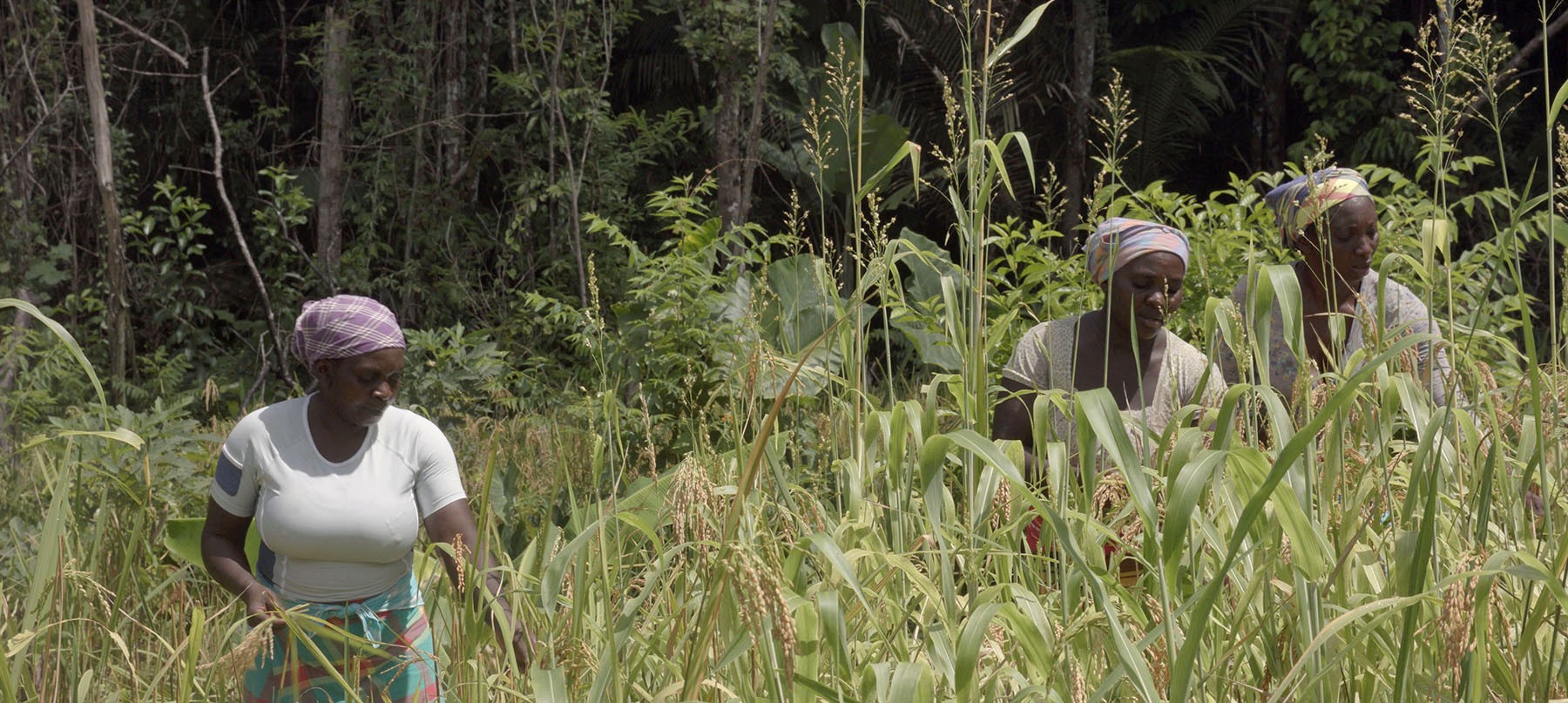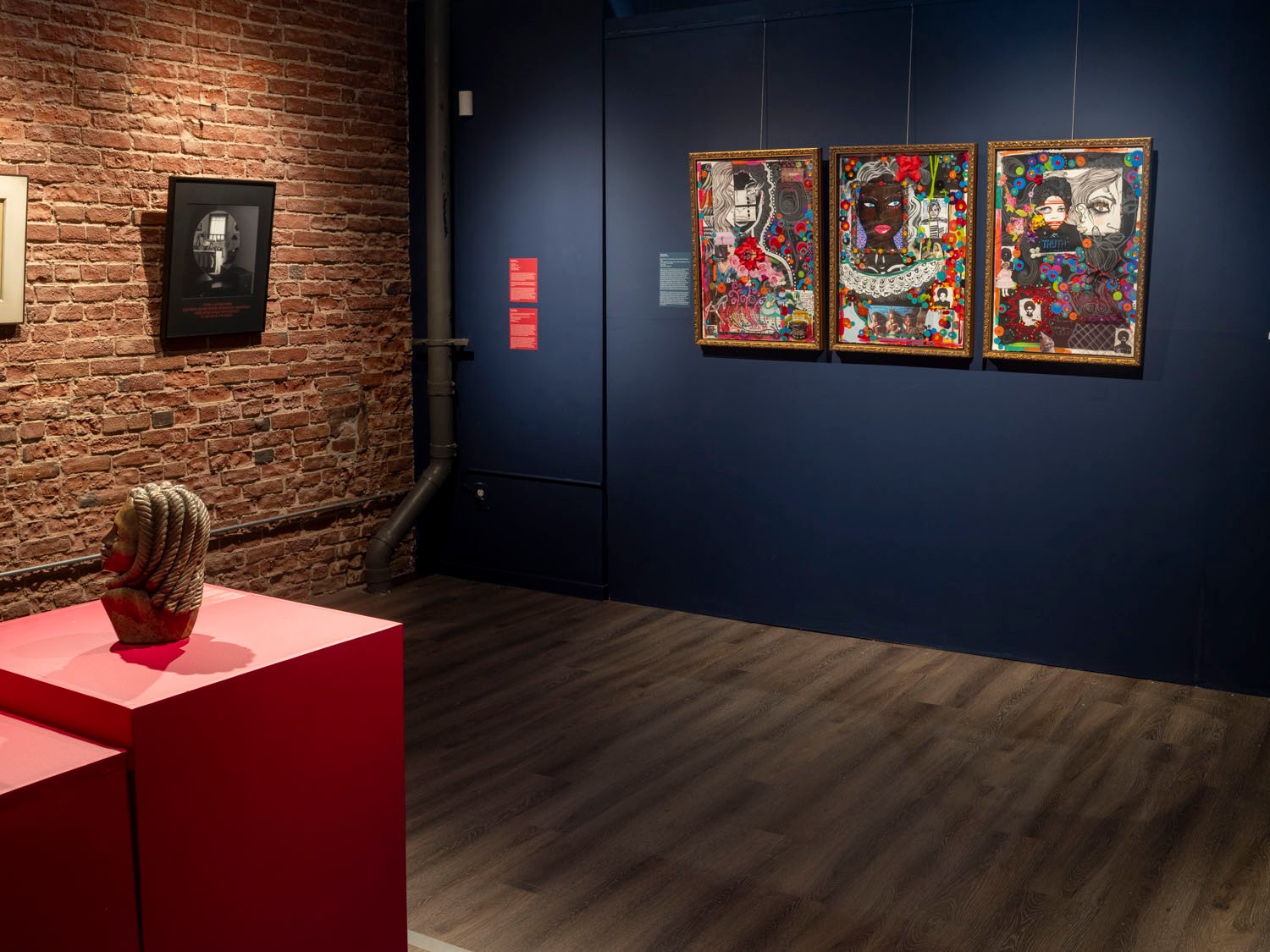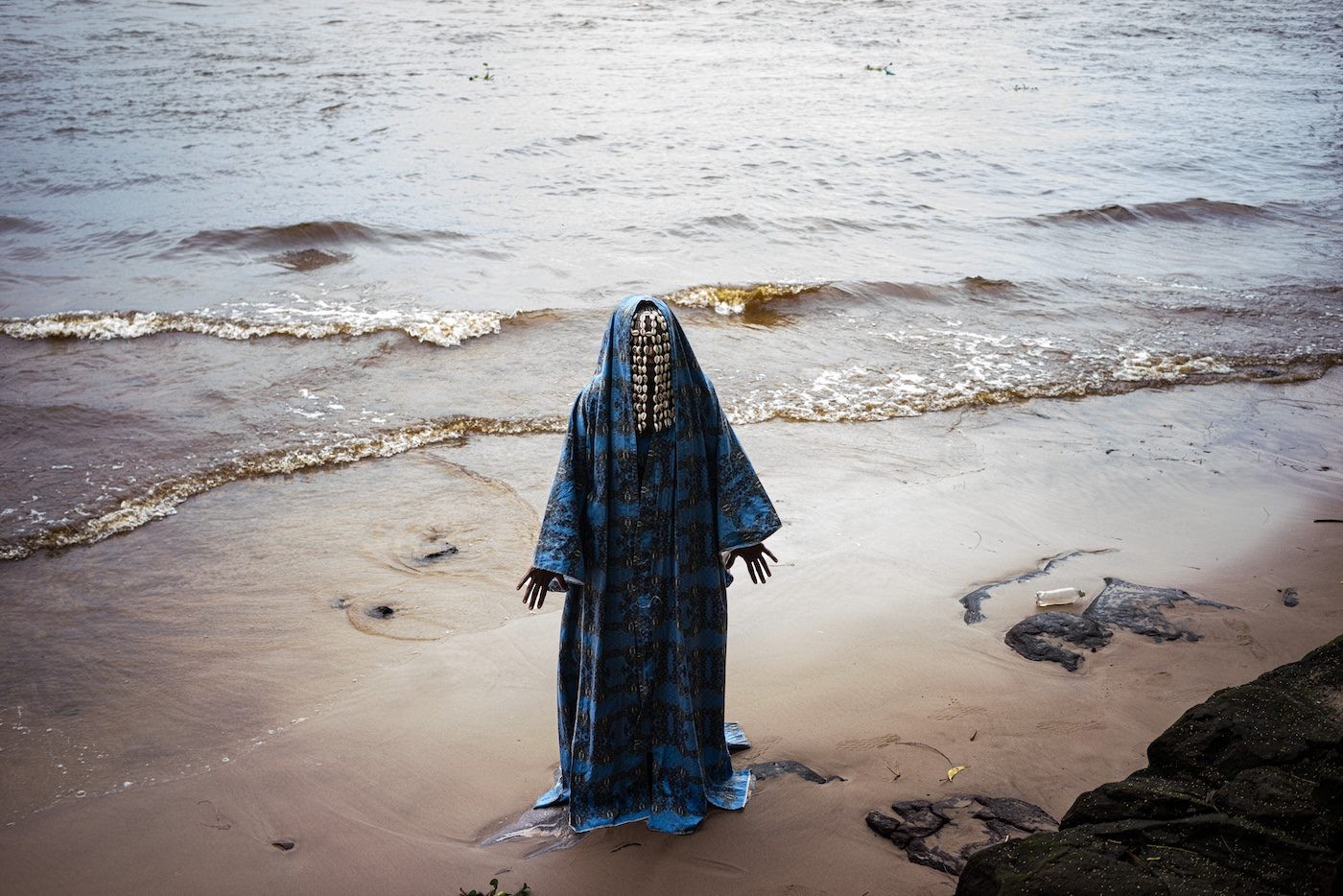The Return of the Africa Centre in London

27 September 2022
Magazine C& Magazine
Words Niellah Arboine
5 min de lecture
Years after the Africa Centre in Covent Garden closed, its recently refurbished Southwark building reflects current connections to the continent.
Since the early 1960s, the London-based Africa Centre was a place to socialize and connect but also had a critical political impact, with ties to the numerous nations and people dealing with the aftermath of colonization. It became a home for anti-apartheid campaigners – in the 1980s, it was chosen as the venue which would channel a smuggled statement from Nelson Mandela while he was imprisoned: “Unite! Mobilise! Fight on! Between the anvil of united mass action and the hammer of the armed struggle, we shall crush Apartheid!”
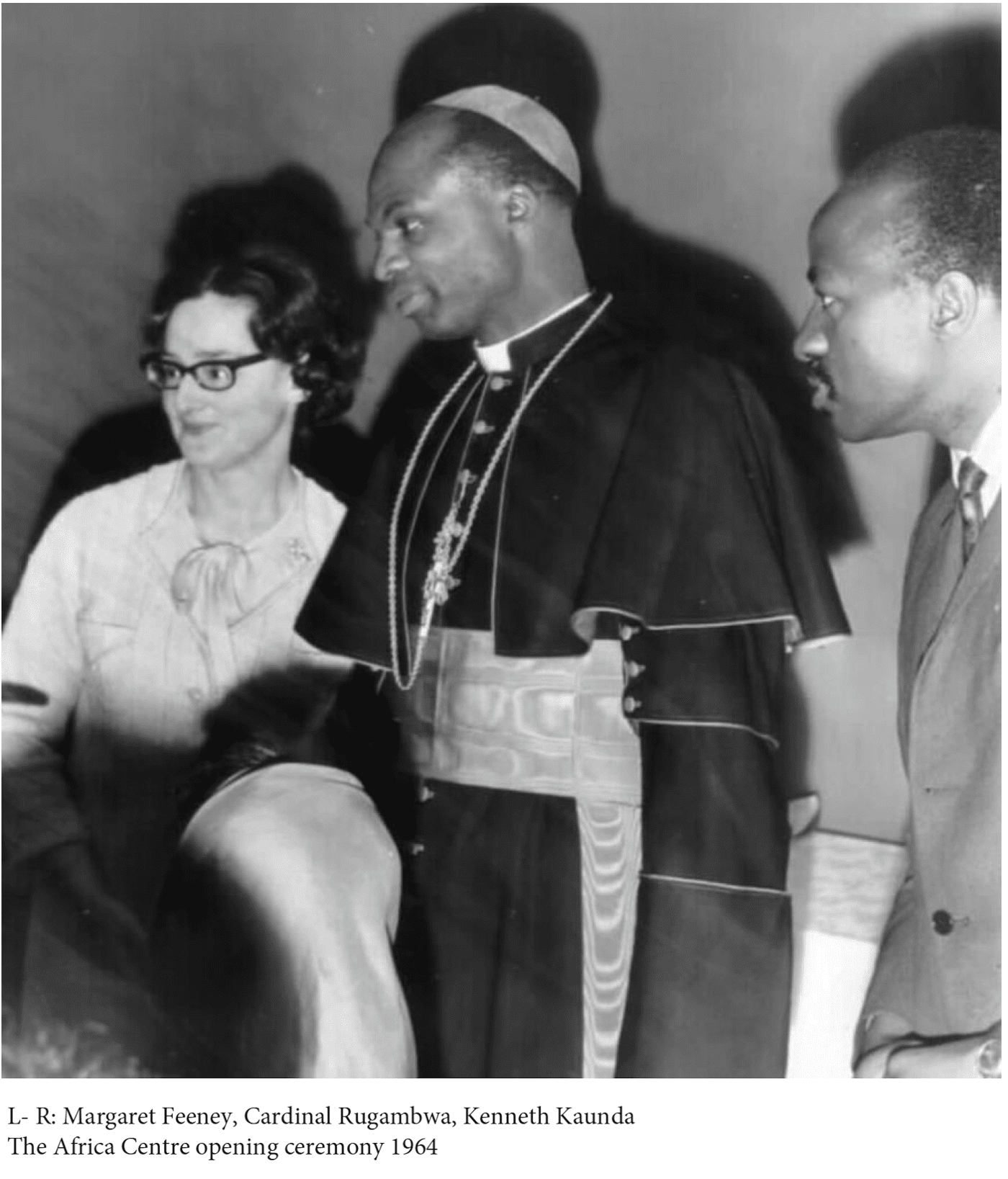
The Africa Centre Opening 1964.
Conceptualized by Margaret Feeny and registered as a charity in 1961, the Africa Centre became a cultural and political hub for people of African descent living in the UK for the next four decades. Its founding mission was to be “a flagship for Africa in Europe promoting the aspirations of Africa and its Diaspora; in particular to promote cultural, economic and socio-political initiatives in Britain and the rest of Europe that assist in the development of Africa.” It did this through music, lectures, dining, art exhibitions, and more.
The 1960s was still a hostile time for the African Diaspora living in the UK. The rise in immigration after World War II coincided with an increase in fascist groups attacking Black and ethnic-minority communities. Black people in particular were targeted, discriminated against, and overpoliced. The Commonwealth Immigrants Act 1962, passed by the Conservative government, meant stricter entry policies were placed on Commonwealth passport holders. Now vouchers, which were limited in number, were needed to work and live here. Promises of a better life for people from colonies or former colonies, many of whom were asked to help rebuild Britain, began to feel like a distant dream as the animosity towards immigrants became obvious.
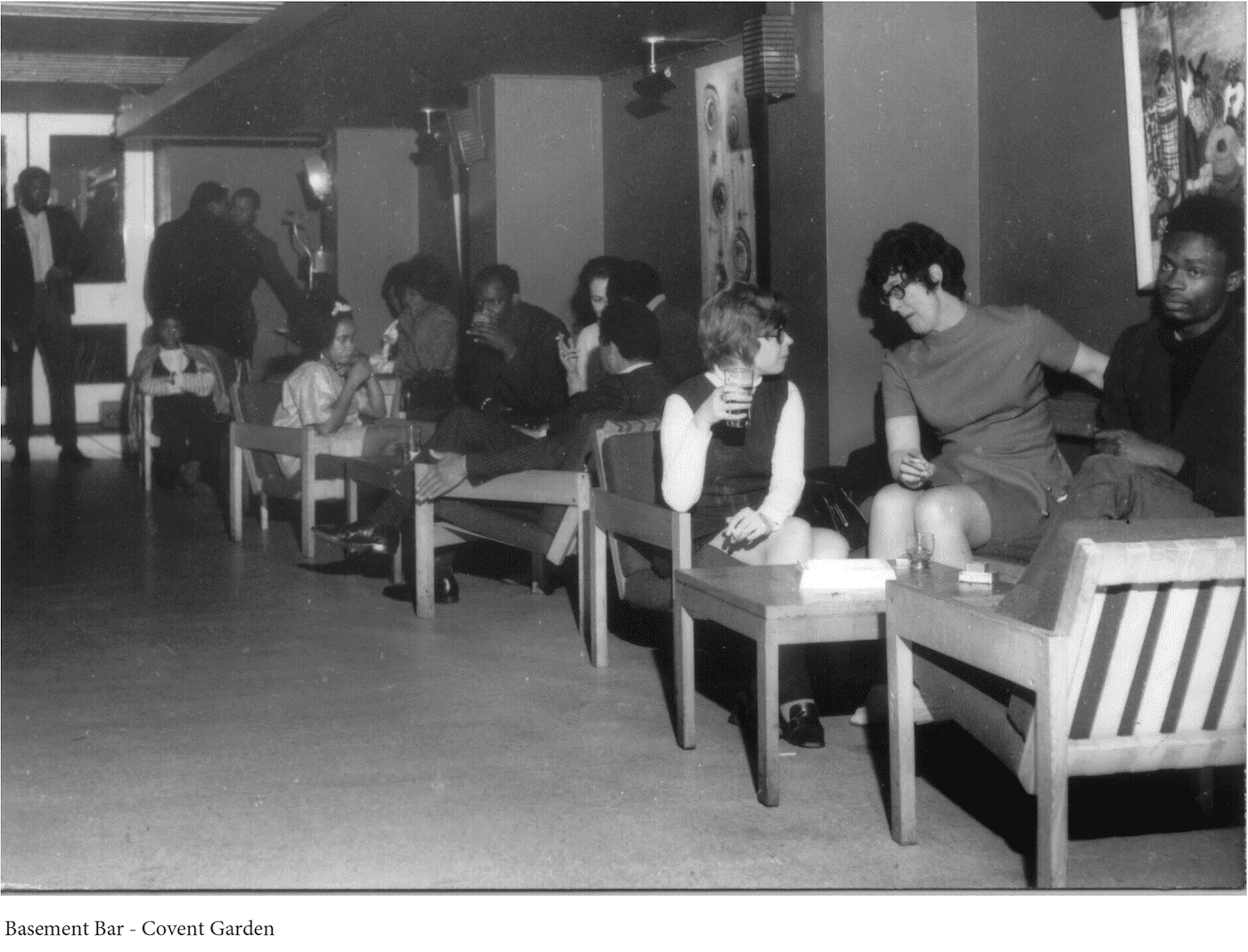
Basement Bar 1960s. Courtesy of The Africa Centre.
In 1958, race riots triggered by far-right gangs of white youths had led to violent attacks on Black Caribbean people in Notting Hill. But from the ashes of theat trauma came the birth of Notting Hill Carnival: an annual celebration that is still one of the most crucial weekends in the country’s cultural calendar. When hard times fall upon oppressed groups, they come together, organize and build their own home.
The creation of the Africa Centre was a reminder that the African Diaspora was more than the trauma and discrimination many people faced in Britain. It officially opened its doors to the public in Covent Garden in 1964, with Feeny leading the celebrations alongside Kenneth Kaunda, the first president of the newly independent Zambia, and Laurean Rugambwa, the first Black cardinal from Africa. Later, the likes of Fela Kuti, Alice Walker, Soul II Soul, and Archbishop Desmond Tutu would come through the center’s doors. Politicians, religious leaders, artists, writers, musicians, and activists could meet, eat, dance, share ideas, and organize under one roof.
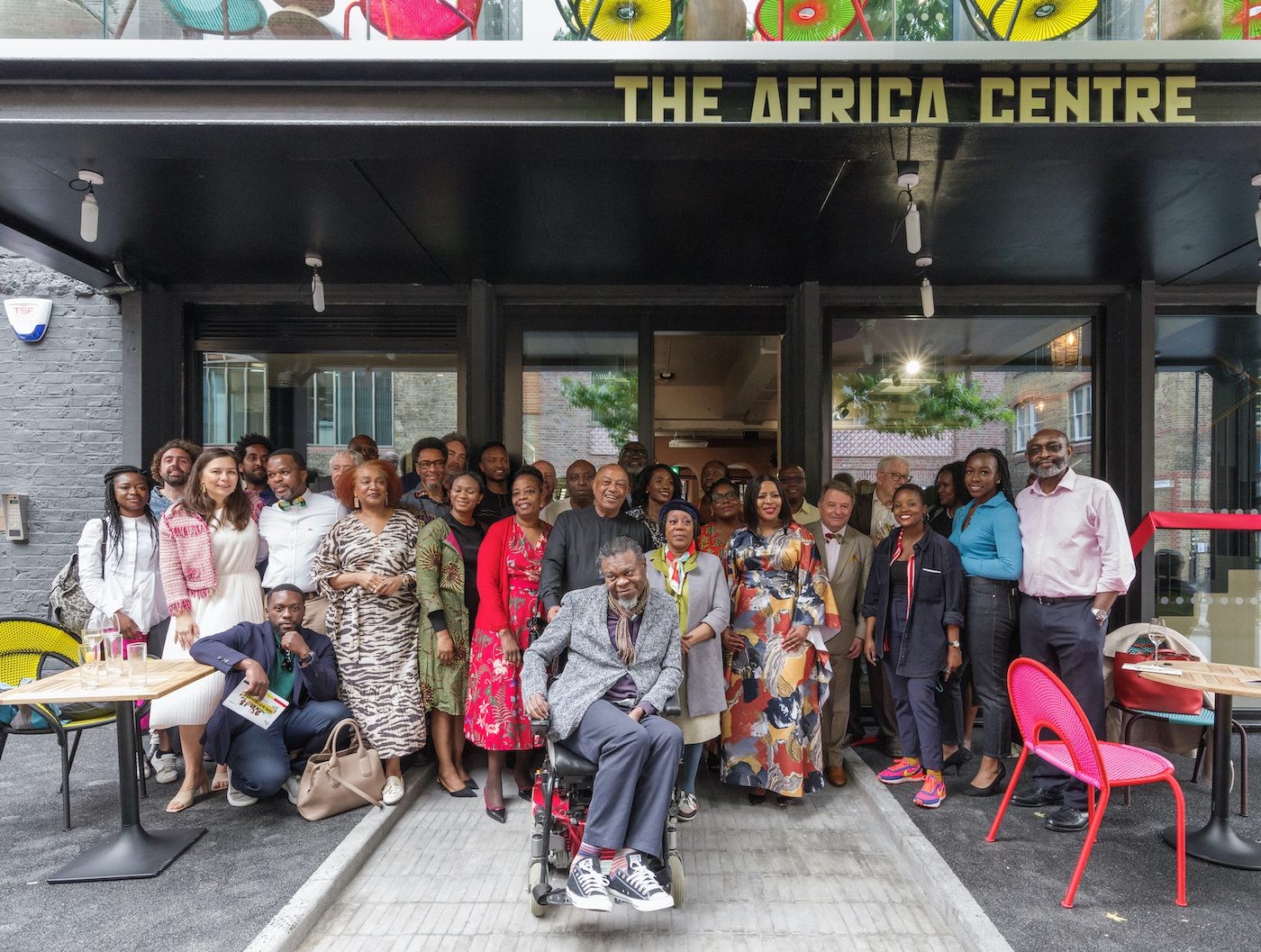
The Africa Centre Team. Photo: Felix Speler
The 1960s saw a spike in Commonwealth countries in the Caribbean and Africa pushing back against British colonial rule. Jamaica, Uganda, Trinidad and Tobago, Kenya, Nigeria, Barbados, and Zambia gained independence, to name a few, and the Pan-African movement resurged globally. Speaking about the importance of the Africa Centre in 2011, Desmond Tutu said: “I do remember that when you were feeling a little low and homesick and everything seemed so foreign – you’d have this place, it was so heart-warming.” Yet by the turn of the century the center had become much less active, and in 2013 its trustees sold the run-down Covent Garden building to developers, despite a supporters’ campaign to save it.
But it turns out that this wasn’t to be the end. The Africa Centre has now moved to Southwark, the borough with the highest concentration of people of African and Caribbean descent in London. Its new venue, a four-story office block built in the 1960s, opened in June and like its predecessor it already sports a bar, restaurant, event space, and a gallery. A future second phase of refurbishment will see the top floors turned into an incubator for Afrocentric businesses and learning facilities. With the aim of being a “home away from home,” the new building seeks to bring the center’s founding legacy into a new era.
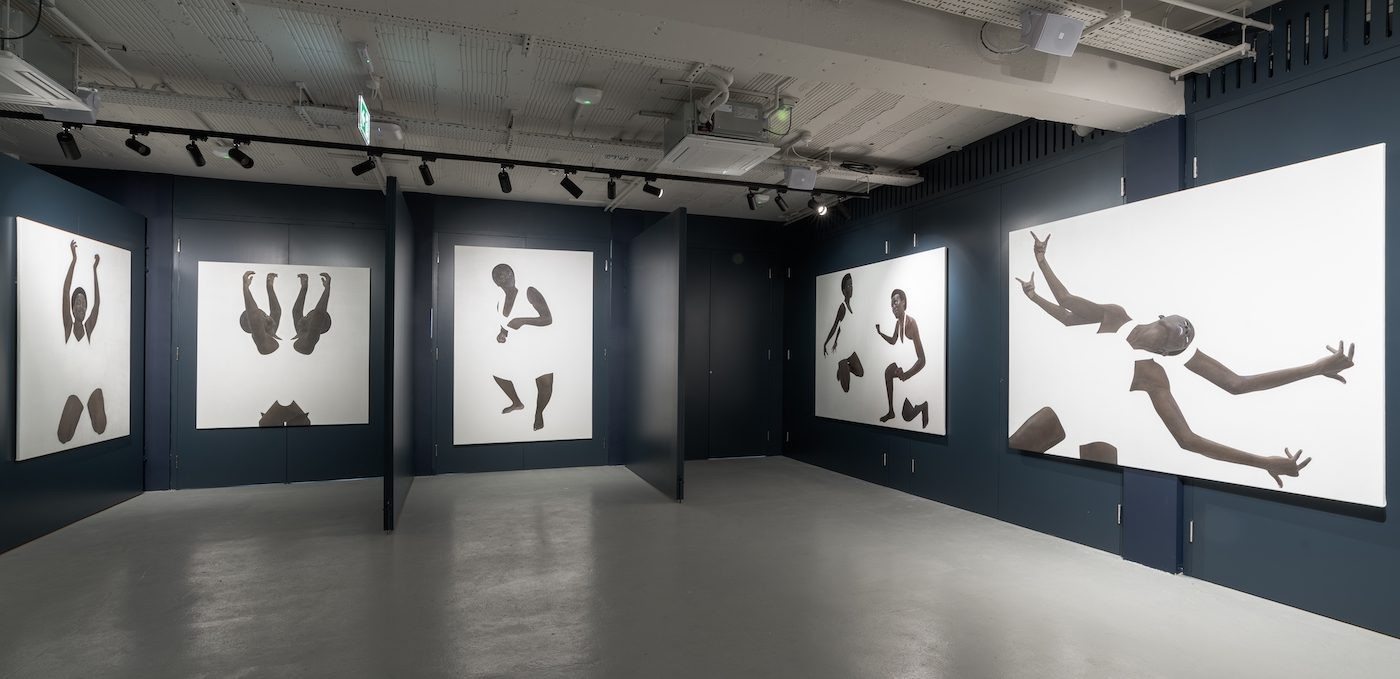
Installation view of Sungi Mlengeya’s opening exhibition “[Un]Choreographed” at The Africa Centre in London. Photo: Nigel R Glasgow
The first phase of the elegant revamp was achieved by London architecture studio Freehaus along with interiors by Tola Ojuolape, who turned drab offices into vivid new spaces. The decor, as Ojuolape explains, is “rooted in the continent’s sense of place through craftsmanship, materiality, tactility and the warmth it evokes.” Textiles, patterns, tropical plants, wood furniture, and art have been carefully utilized to express the vastness and creativity of the continent. The first exhibition held at the new centre was by Tanzanian artist Sungi Mlengeya, and supper club star Akwasi Brenya-Mensa has founded the Pan-African restaurant Tatale as the building’s permanent eaterie. His dishes are mainly inspired by the childhood memories of Brenya-Mensa, leaning toward West-African influence.
While the modern revamp of the Africa Centre is a site to behold, the community-based mission its founders and collaborators set out six decades ago will continue to make the center integral to London. In times where the effects of the Home Office’s hostile environment are still being felt, not least through the treatment of the Windrush Generation, when the government continues to tighten its policies on immigration, and racial hate crimes are on the rise, the Africa Centre helps fulfil an urgent need for a physical venue to host those who are organizing and creatively shaping the African Diaspora.
Niellah Arboine is a writer and journalist from south London. She is the deputy editor at Where the Leaves Fall and a founding member of gal-dem. You can find her work in Guardian, iD, Time Out London, BBC, Independent, Dazed, Vice and ELLE.
Plus d'articles de

